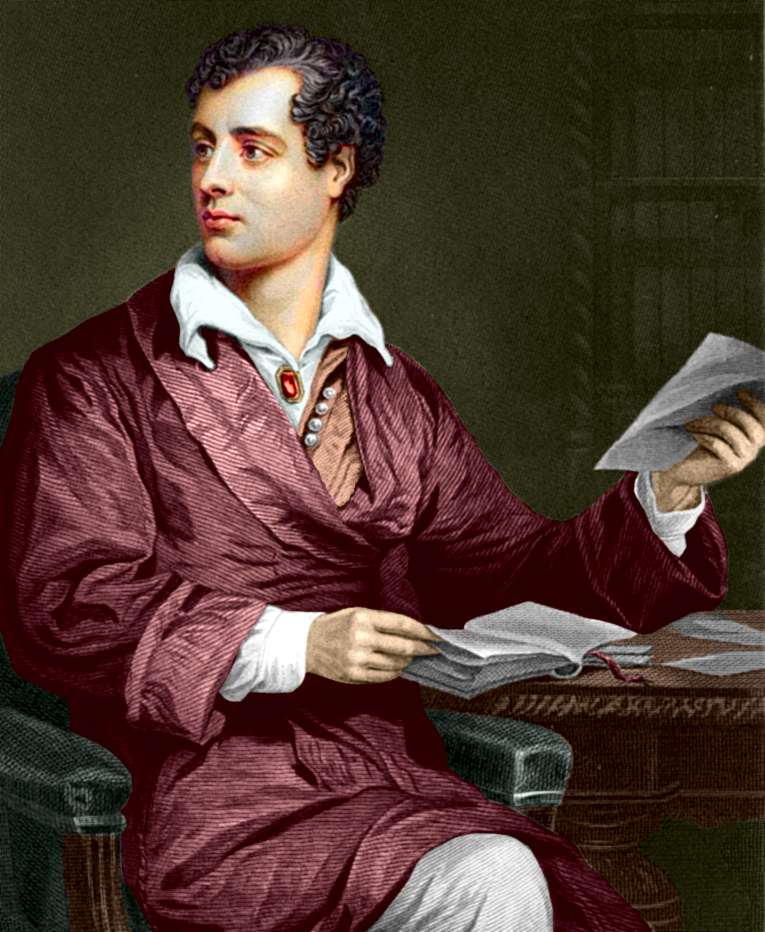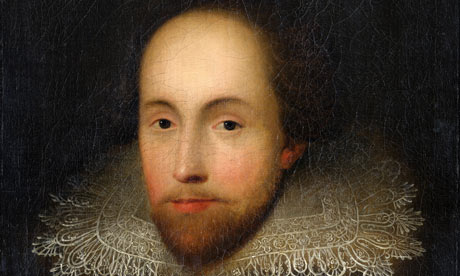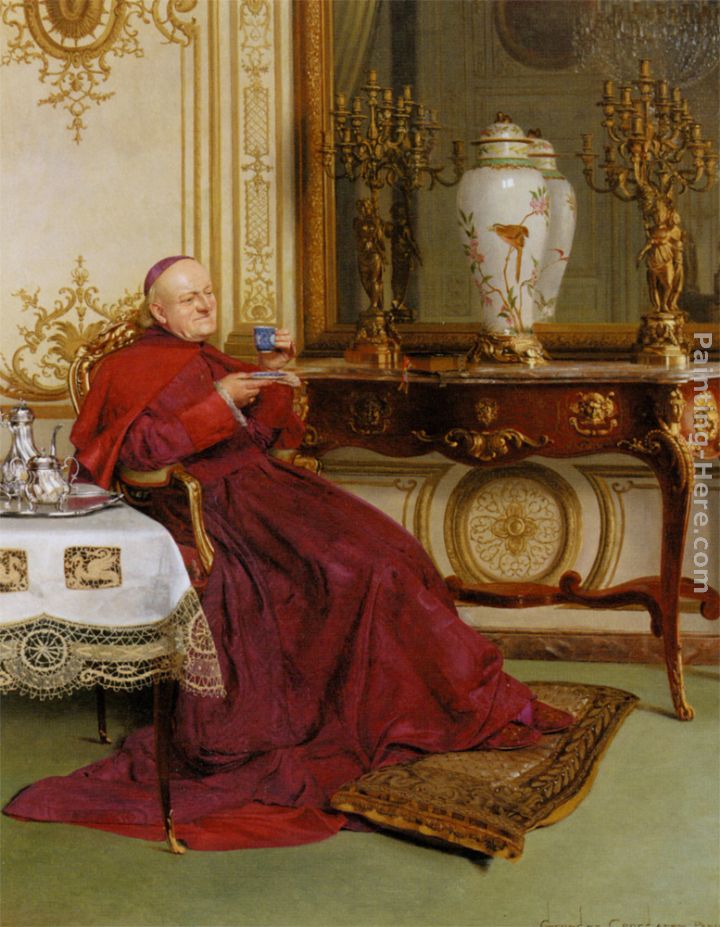Byron was the ideal of the Romantic poet, gaining notoriety for his scandalous private life and being described by one contemporary as ‘mad, bad and dangerous to know’.
George Gordon Noel, sixth Baron Byron, was born on 22 January 1788 in London. His father died when he was three, with the result that he inherited his title from his great uncle in 1798. George Gordon Byron, 6th Baron Byron, later George Gordon Noel, 6th Baron Byron, commonly known simply as Lord Byron, was an English poet and a leading figure in the Romantic movement. Among Byron’s best-known works are the lengthy narrative poems Don Juan and Childe Harold’s Pilgrimage and the short lyric “She Walks in Beauty.” He is regarded as one of the greatest British poets and remains widely read and influential.
She walks in Beauty
SHE walks in beauty, like the night
Of cloudless climes and starry skies;
And all that ‘s best of dark and bright
Meet in her aspect and her eyes:
Thus mellow’d to that tender light 5
Which heaven to gaudy day denies.
One shade the more, one ray the less,
Had half impair’d the nameless grace
Which waves in every raven tress,
Or softly lightens o’er her face; 10
Where thoughts serenely sweet express
How pure, how dear their dwelling-place.And on that cheek, and o’er that brow,
So soft, so calm, yet eloquent,
The smiles that win, the tints that glow, 15
But tell of days in goodness spent,
A mind at peace with all below,
A heart whose love is innocent!
He travelled to fight against the Ottoman Empire in the Greek War of Independence, for which Greeks revere him as a national hero. He died at age 36 from a fever contracted while in Missolonghi in Greece.
Byron was celebrated in life for aristocratic excesses, including huge debts, numerous love affairs, rumours of a scandalous incestuous liaison with his half-sister, and self-imposed exile. It has been speculated that he suffered from bipolar I disorder.
Byron spent his early years in Aberdeen, and was educated at Harrow School and Cambridge University. In 1809, he left for a two-year tour of a number of Mediterranean countries. He returned to England in 1811, and in 1812 the first two cantos of ‘Childe Harold’s Pilgrimage’ were published. Byron became famous overnight.
In 1814, Byron’s half-sister Augusta gave birth to a daughter, almost certainly Byron’s. The following year Byron married Annabella Milbanke, with whom he had a daughter, his only legitimate child. The couple separated in 1816.
Facing mounting pressure as a result of his failed marriage, scandalous affairs and huge debts, Byron left England in April 1816 and never returned. He spent the summer of 1816 at Lake Geneva with Percy Bysshe Shelley, his wife Mary and Mary’s half sister Claire Clairmont, with whom Byron had a daughter.
Byron travelled on to Italy, where he was to live for more than six years. In 1819, while staying in Venice, he began an affair with Teresa Guiccioli, the wife of an Italian nobleman. It was in this period that Byron wrote some of his most famous works, including ‘Don Juan’ (1819-1824).
In July 1823, Byron left Italy to join the Greek insurgents who were fighting a war of independence against the Ottoman Empire. On 19 April 1824 he died from fever at Missolonghi, in modern day Greece. His death was mourned throughout Britain. His body was brought back to England and buried at his ancestral home in Nottinghamshire.
“Anticipated life” and the poet’s psyche
“I am such a strange mélangé of good and evil that it would be difficult to describe me.”
As a boy, his character is described as a “mixture of affectionate sweetness and playfulness, by which it was impossible not to be attached”, although he also exhibited “silent rages, moody sullenness and revenge” with a precocious bent for attachment and obsession. He described his first intense feelings at age eight for Mary Duff, his distant cousin:
“How very odd that I should have been so devotedly fond of that girl, at an age when I could neither feel passion, nor know the meaning of the word and the effect! My mother used always to rally me about this childish amour, and at last, many years after, when I was sixteen, she told me one day, ‘O Byron, I have had a letter from Edinburgh, and your old sweetheart, Mary Duff, is married to Mr. C***.’ And what was my answer? I really cannot explain or account for my feelings at that moment, but they nearly threw me into convulsions…How the deuce did all this occur so early? Where could it originate? I certainly had no sexual ideas for years afterwards; and yet my misery, my love for that girl were so violent, that I sometimes doubt if I have ever been really attached since. Be that as it may, hearing of her marriage several years after was like a thunder-stroke — it nearly choked me — to the horror of my mother and the astonishment and almost incredulity of every body. And it is a phenomenon in my existence (for I was not eight years old) which has puzzled, and will puzzle me to the latest hour of it; and lately, I know not why, the recollection (not the attachment) has recurred as forcibly as ever…But, the more I reflect, the more I am bewildered to assign any cause for this precocity of affection.”
Byron also became attached to Margaret Parker, another distant cousin.While his recollection of his love for Mary Duff is that he was ignorant of adult sexuality during this time, and was bewildered as to the source of the intensity of his feelings, he would later confess that:
“My passions were developed very early — so early, that few would believe me — if I were to state the period — and the facts which accompanied it. Perhaps this was one of the reasons that caused the anticipated melancholy of my thoughts — having anticipated life.”
This is the only reference Byron himself makes to the event, and he is ambiguous as to how old he was when it occurred. After his death, his lawyer wrote to a mutual friend telling him a “singular fact” about Byron’s life which was “scarcely fit for narration”. But he disclosed it nonetheless, thinking it might explain Byron’s sexual “propensities”:
“When nine years old at his mother’s house a Free Scotch girl [May, sometimes called Mary, Gray, one of his first caretakers] used to come to bed to him and play tricks with his person.”
Gray later used this sexual abuse as a means of ensuring his silence if he were to be tempted to disclose the “low company” she kept during drinking binges. She was later dismissed, supposedly for beating Byron when he was 11.
A few years later, while he was still a child, Lord Grey (unrelated to May Gray), a suitor of his mother’s, also made sexual advances to him. Byron’s personality has been characterised as exceptionally proud and sensitive, especially when it came to his deformity. And although Byron was a very self-centred individual, it is probable that like most children, he would have been deeply disturbed by these sexual advances. His extreme reaction to seeing his mother flirting outrageously with Lord Grey after the incident suggests this; he did not tell her of Grey’s conduct toward him, he simply refused to speak to him again and ignored his mother’s commands to be reconciled.
Leslie Marchand, one of Byron’s biographers, controversially theorises that Lord Grey’s advances prompted Byron’s later sexual liaisons with young men at Harrow and Cambridge. Another biographer, Fiona MacCarthy, has posited that Byron’s true sexual yearnings were for adolescent males.
While he desired to be seen as sophisticated and invincible, he actually cared deeply what people thought of him. He believed his tendency to melancholy and depression was inherited, and he wrote in 1821, “I am not sure that long life is desirable for one of my temper & constitutional depression of Spirits.” He later earned a reputation as being extravagant, courageous, unconventional, eccentric, flamboyant and controversial. He was independent and given to extremes of temper; on at least one trip his travelling companions were so puzzled by his mood swings they thought he was mentally ill.
In spite of these difficulties and eccentricities, Byron was noted for the extreme loyalty he inspired among his friends
Major works
- Hours of Idleness (1807)
- English Bards and Scotch Reviewers (1809)
- Childe Harold’s Pilgrimage, Cantos I & II (1812)
- The Giaour (1813)
- The Bride of Abydos (1813)
- The Corsair (1814)
- Lara, A Tale (1814)
- Hebrew Melodies (1815)
- The Siege of Corinth (1816)
- Parisina (1816)
- The Prisoner of Chillon (1816)
- The Dream (1816)
- Prometheus (1816)
- Darkness (1816)
- Manfred (1817)
- The Lament of Tasso (1817)
- Beppo (1818)
- Childe Harold’s Pilgrimage (1818)
- Don Juan (1819–1824; incomplete on Byron’s death in 1824)
- Mazeppa (1819)
- The Prophecy of Dante (1819)
- Marino Faliero (1820)
- Sardanapalus (1821)
- The Two Foscari (1821)
- Cain (1821)
- The Vision of Judgment (1821)
- Heaven and Earth (1821)
- Werner (1822)
- The Age of Bronze (1823)
- The Island (1823)
- The Deformed Transformed (1824)
Major poems
- The First Kiss of Love (1806)
- Thoughts Suggested by a College Examination (1806)
- To a Beautiful Quaker (1807)
- The Cornelian (1807)
- Lines Addressed to a Young Lady (1807)
- Lachin y Garr (1807)
- Epitaph to a Dog (1808)
- Maid of Athens, ere we part (1810)
- She Walks in Beauty (1814)
- My Soul is Dark (1815)
- Monody on the Death of the Right Hon. R. B. Sheridan (1816)
- When We Two Parted (1817)
- Ode on Venice (1819)
- Love’s Last Adieu
- So, we’ll go no more a roving (1830)
- Damaetas
Further reading
- Accardo, Peter X. Let Satire Be My Song: Byron’s English Bards and Scotch Reviewers. Web exhibit, Houghton Library, Harvard University, 2011.
- Blackstone, Byron: ‘Byron and Islam: the triple Eros’ (Journal of European Studies vol. 4 no. 4, Dec. 1974, 325–63).
- Crompton, Louis. Byron and Greek Love: Homophobia in 19th-Century England. Faber and Faber, 1985.
- Drucker, Peter. ‘Byron and Ottoman love: Orientalism, Europeanization and same sex sexualities in the early nineteenth-century Levant’ (Journal of European Studies vol. 42 no. 2, June 2012, 140-57).
- Garrett, Martin: George Gordon, Lord Byron. (British Library Writers’ Lives). London: British Library, 2000. ISBN 0-7123-4657-0.
- Garrett, Martin. ‘Palgrave Literary Dictionary of Byron’. Palgrave, 2010. ISBN 978-0-230-00897-7
- Guiccioli, Teresa, contessa di, Lord Byron’s Life in Italy, transl. Michael Rees, ed. Peter Cochran, 2005, ISBN 0-87413-716-0.
- Grosskurth, Phyllis: Byron: The Flawed Angel. Hodder, 1997. ISBN 0-340-60753-X
- MacCarthy, Fiona: Byron: Life and Legend. John Murray, 2002. ISBN 0-7195-5621-X.
- Marchand, Leslie A., editor, Edition of Byron’s Letters, Harvard University Press:
- Byron’s Letters and Journals, Volume I, ‘In my hot youth’, 1798–1810, (1973)
- Byron’s Letters and Journals, Volume II, ‘Famous in my time’, 1810–1812, (1973)
- Byron’s Letters and Journals, Volume III, ‘Alas! the love of women’, 1813–1814, (1974)
- Byron’s Letters and Journals, Volume IV, ‘Wedlock’s the devil’, 1814–1815, (1975)
- Byron’s Letters and Journals, Volume V, ‘So late into the night’, 1816–1817, (1976)
- Byron’s Letters and Journals, Volume VI, ‘The flesh is frail’, 1818–1819, (1976)
- Byron’s Letters and Journals, Volume VII, ‘Between two worlds’, 1820, (1978)
- Byron’s Letters and Journals, Volume VIII, ‘Born for opposition’, 1821, (1978)
- Byron’s Letters and Journals, Volume IX, ‘In the wind’s eye’, 1821–1822, (1978)
- Byron’s Letters and Journals, Volume X, ‘A heart for every fate’, 1822–1823, (1980)
- Byron’s Letters and Journals, Volume XI, ‘For freedom’s battle’, 1823–1824, (1981)
- Byron’s Letters and Journals, Volume XII, ‘The trouble of an index’, index, (1982)
- Lord Byron: Selected Letters and Journals, (1982)
- McGann, Jerome: Byron and Romanticism. Cambridge: Cambridge University Press, 2002. ISBN 0-521-00722-4.
- Oueijan, Naji B. A Compendium of Eastern Elements in Byron’s Oriental Tales. New York: Peter Lang Publishing, 1999.
- Prell, Donald: Sailing with Byron from Genoa to Cephalonia. Strand Publishing, 2009, ISBN 0-9741975-5-6.
- Prell, Donald: Lord Byron Coincidence or Destiny. Strand Publishing, 2009, http://www.strand-publishing.com/page6/page6.html
- Rosen, Fred: Bentham, Byron and Greece. Clarendon Press, Oxford, 1992. ISBN 0-19-820078-1.
- Thiollet, Jean-Pierre: Carré d’Art: Barbey d’Aurevilly, lord Byron, Salvador Dali, Jean-Edern Hallier, Anagramme éditions, 2008. ISBN 978-2-35035-189-6
Credits:
BBC
Wikipedia
bartleby.com




















